|
A recent study determined New Englanders' exposure to PFAS in seafood. I commented in the press about this new study, and was quoted as saying that people could reduce their consumption of highly-contaminated seafood such as shrimp and lobster. But we should also point out the reasons why these chemicals are contaminating our seafood and drinking water in the first place. It is yet again another case in which human and environmental health are sacrificed to corporate profits.
Here are some additional things you should know about PFAS:
Citations: [1] https://www.nytimes.com/2023/08/16/magazine/pfas-toxic-chemicals.html [2] https://www.epa.gov/sdwa/and-polyfluoroalkyl-substances-pfas
0 Comments
In the recent article featured on Everyday Health, Dr. Luz Claudio, a professor of environmental medicine and public health at the Icahn School of Medicine at Mount Sinai in New York City, emphasizes the importance of advocating for safer agricultural practices. Dr. Claudio highlights the need to reduce exposure to harmful pesticides not only for consumers but also for farmworkers, ecosystems, wildlife, and beneficial insects. She points out that while guides like the Environmental Working Group's (EWG) Shopper's Guide to Pesticides in Produce can help individuals make informed choices about reducing pesticide exposure, especially when organic options are not affordable, it's crucial to address the root causes of pesticide use in agriculture.
Dr. Claudio advocates for adopting agricultural practices that minimize the use of synthetic chemicals and other potentially harmful farming methods, thereby mitigating collateral damage to the environment and human health. The article further discusses the EWG's 2024 Shopper's Guide to Pesticides in Produce, which lists the "Dirty Dozen" fruits and vegetables with the highest levels of pesticide residue. This year, nonorganic spinach, blueberries, strawberries, and green beans were among those highlighted for their high pesticide content. Government lab tests have found pesticides in a wide range of nonorganic produce, with nearly all nonorganic strawberries, spinach, grapes, peaches, and leafy greens like kale showing detectable levels of pesticides. The article notes that 95 percent of the samples of the "Dirty Dozen" contained pesticides, with kale, collards, and mustard greens having the most residue. Fungicides, which are often applied to prevent or remove fungus and keep produce mold-free during transit, were identified as some of the most frequently detected chemicals. The guide also presents the "Clean Fifteen," a list of nonorganic produce with little to no detected pesticides, encouraging consumers to prioritize these when organic options are not available or affordable. Among these are avocados, Papayas, Mushrooms and others. Despite the concerns over pesticide residue, the article underscores the importance of consuming a diet rich in fruits and vegetables. Dietitians cited in the article advise that the health benefits of eating a variety of produce far outweigh the risks associated with pesticide exposure. They recommend washing produce vigorously with water and using a baking soda or vinegar solution to help remove some pesticide residue. Peeling produce can also decrease chemical exposure, though it may also remove some nutrients. In summary, while the EWG's Shopper's Guide to Pesticides in Produce offers insights for reducing personal pesticide exposure, Dr. Luz Claudio's call to action reminds us of the broader need to advocate for and implement safer agricultural practices for the benefit of all. Published in Everyday Health March 19, 2024 Written by Lisa Rapaport Microplastics, the tiny particles resulting from the breakdown of plastic products, are increasingly becoming a concern due to their omnipresence in our environment. Recent research has highlighted the presence of microplastics in human arteries, raising alarms about their potential health impacts. While the direct link between microplastics and specific health issues remains under investigation, scientists are concerned about trends in disease prevalence that could be associated with these particles. Diseases such as Alzheimer's, colorectal cancer in younger individuals, inflammatory bowel disease, and a global decrease in sperm count are among the conditions that have been observed alongside rising microplastic concentrations.
A significant study published in The New England Journal of Medicine found that microplastics and nanoplastics in arteries are associated with a substantially increased risk of heart attacks, strokes, and premature death. This study, while not conclusively proving that microplastics cause heart problems, underscores the urgency of further research into their health effects. Microplastics originate from a variety of sources, including food and drink containers, personal care products, textiles, and more. Their small size allows them to be easily ingested or inhaled, leading to accumulation in the body over time. One of the primary health concerns regarding microplastics is their potential role as endocrine disruptors, interfering with the body's hormone system. Dr. Luz Claudio, a professor of Environmental Medicine and Public Health at Mount Sinai in New York City, emphasizes the complexity of studying microplastics due to their varied chemical composition and varied potential health effects. She highlights the importance of continued research, stating, "No one really knows the answer to this, but this lack of conclusive knowledge does not mean that the effects are not important." While it may be challenging to completely avoid microplastics, steps can be taken to reduce exposure, such as opting for glass bottles over plastic and choosing natural materials over synthetic ones. However, once microplastics are absorbed into the body, there is currently no known method to remove them. This growing body of evidence on the presence and potential harms of microplastics in our bodies calls for urgent research to fully understand their health implications and to develop strategies for minimizing exposure and mitigating risks. When you leave a glass of water out overnight to drink in the morning, it tastes a bit off or "stale". Well, apparently this is something that worries people. So reporter Kaitlin Vogel asked whether people should drink water that has been sitting out overnight, and what causes this change in taste. Indeed, there are some reasons why water that has been left out to the open air overnight can taste funny:
So, make this one less thing to worry about. A study led by John D. Spengler at Harvard School of Public Health showed that gas stoves can leak toxic methane and volatile organic compounds (VOCs) into the home. Some of these air pollutants are well known to cause disease. The study also found that these air toxins can leak undetected because the levels cannot be perceived by odor.
We have commented on this study in the press, such as in the article by Kaitlin Vogel published in Parade: “This study is well done and confirms previous studies showing that chemicals that are known to be toxic leak from gas stoves,” says Dr. Luz Claudio, MD, Professor of Environmental Medicine and Public Health at the Icahn School of Medicine at Mount Sinai. “Not only are some of these chemicals contributors to climate change, like methane, but they can also affect human health directly. The finding that volatile organic compounds leak significantly from gas stoves is concerning, as exposure to them has been linked to diseases such as cancer, mainly in occupational settings.” In terms of the level of concern, it is hard to say how worried a particular person “should” be because it is difficult to determine the level of risk from exposure to gas stove fumes for a particular person or family, Dr. Claudio explains. It is important to note that these chemical exposures were nearly eight times higher in the winter months than during the summer. This may be due to people ventilating their homes by opening windows more in the summer than in the winter. “As a professional in this area, I believe that whenever possible, we should use the precautionary principle to reduce our exposures to environmental pollutants that can be harmful to our health,” says Dr. Claudio. “If replacing the stove is not immediately possible, increasing ventilation can help reduce exposure to these chemicals in the home.” As we come to this year's winter, consider how you may be able to ventilate your kitchen area during the winter by at least opening a window while you are cooking whenever possible. This can help in reducing the accumulation of these dangerous chemicals in your home. A recent study by Consumer Reports has revealed concerning levels of heavy metals, specifically lead and cadmium, in a wide range of chocolate products. This includes not only dark chocolate but also milk chocolate, cocoa powders, brownie mixes, and chocolate chips from both large and smaller brands available at major retailers.
The research tested 48 products and found detectable amounts of lead and cadmium in each. James Rogers, PhD, from Consumer Reports, highlighted that 16 of these products exceeded their levels of concern for these heavy metals, sometimes by more than twice the limit. However, safer options were identified in each category. In California, where regulations are often stricter, the maximum daily allowable doses are 0.5 micrograms for lead and 4.1 micrograms for cadmium. The study found that five out of seven dark chocolate bars exceeded these limits. In contrast, all tested milk chocolate bars were within safe levels, as were most chocolate chips and cocoa powders. However, several hot cocoa mixes and brownie mixes did exceed the safe limits for heavy metals. Cadmium and lead, naturally found in the earth's crust, can end up in chocolate through the soil where cacao beans grow or from environmental contamination during processing. These metals pose health risks, including kidney damage and developmental problems in children. Luz Claudio, PhD, a professor of environmental medicine, advises moderation in chocolate consumption and maintaining a balanced diet. She emphasizes the importance of a varied diet including fruits, vegetables, and lean proteins. Nutritionist Toby Amidor, RD, also notes that while heavy metals are present in chocolate, they are also found in other foods, yet those foods remain recommended for a healthy diet. They agree different sources of potentially-toxic heavy metals may add up to an increased risk for consumers. by Lisa Rapaport for Everyday HealthEndocrine-disrupting chemicals that are found in products like pesticides, nonstick cookware, and fire retardants used on clothes and upholstery can interfere with the immune system. Now a small study suggests that exposure to these pollutants may also increase the risk of celiac disease in young people. In a new study, Dr. Leo Trasande and colleagues at NYU found that children and young adults with high blood levels of dichlorodiphenyldichloroethylene (DDE) — a chemical used in pesticides — may be twice as likely to develop celiac disease as their peers who haven’t had much exposure to this pollutant, according to a study published in May 2020 in Environmental Research. For the study, researchers tested for toxic chemicals in blood samples from 30 children and young adults ranging in age from 3 to 21 years old who had recently been diagnosed with celiac disease. They also ran blood tests for 60 young people who didn’t have celiac disease but were similar in age, gender, and race to the participants with this diagnosis. The current study is the first to make a connection between exposure to chemicals in the environment and celiac disease, says Luz Claudio, PhD, a professor of environmental medicine and public health at the Icahn School of Medicine at Mount Sinai in New York City. “There was previous evidence to suggest that these chemicals can disrupt the immune system, either directly or by way of affecting hormones that help modulate it, and could produce autoimmune reactions such as those seen in diseases like celiac,” says Dr. Claudio, who wasn’t involved in the study. “Thus, it was conceivable that exposure to these types of chemicals could play a role in risk of celiac disease.” To read the full news articles with links to the original research, click below. By Bob Curley for HealthlineToo many toxins are finding their way into food for young children, a new report says.
Tests of baby food sold in the United States revealed that 95 percent contain one or more toxic chemicals, including lead, arsenic, mercury, and cadmium. And 1 in 4 of the 168 baby foods tested contained all four heavy metals, according to the report from the group Healthy Babies Bright Futures (HBBF). Luz Claudio, PhD, a professor of environmental medicine and public health at the Icahn School of Medicine at Mount Sinai in New York, told Healthline that she prepared her own baby food when her daughter was an infant, using steamed and pureed organic fruit and vegetables. “One of the important things for parents to remember is that you may not know all of the ingredients (intentional or unintentional) that may go into baby food and juices marketed for children, even if you read the label,” said Claudio, who also writes about science issues. “These products can have high levels of sodium, preservatives, artificial colors, pesticides, and other contaminants or additives.” Here are the takeaways of the article:
By Melaina Juntti for Yahoo!Along with greening up our living rooms and workspaces, houseplants have been shown to elevate mood, sharpen mental focus, and even boost productivity. Plants are also hyped as being all-natural indoor air purifiers, cleaning the air and sucking up airborne toxins that make us sneeze, wheeze, and develop cancer — well, that’s what an infamous 1989 NASA study led us to believe, anyway.
The reality: Potted plants don’t work like living HVAC devices, neutralizing nasty chemicals to help us breathe easy. It would be awesome if that were true, but experts today say it’s simply a myth. Despite what old research implied, houseplants have very little if any impact on indoor air quality. According to Luz Claudio, Ph.D., an environmental medicine and public health scientist at the Icahn School of Medicine at Mount Sinai, common houseplants can indeed draw certain VOCs out of the air — but the degree to which they do so is negligible. “The amount that houseplants may reduce chemicals in a real-world environment is likely not enough to have a noticeable impact on human health,” she says. by Lisa Rapaport for Reuters A new study published by Dr. Andres Cardenas and colleagues from the University of California at Berkeley showed that PFAS contribute to diabetes development and that these effects can be reduced by healthy diet and exercise interventions.
PFAS (polyfluoroalkyl and perfluoroalkyl substances) are a class of chemicals that are often used to make objects stain resistant, non-stick or water resistant, among other uses. In their study, Cardenas and coworkers tested almost 1000 people who did not have diabetes for their exposure to these chemicals and followed them over time. They found that the participants' blood levels of several of these types of chemicals increased. Diabetes risk factors had increased in those participants who had high levels of exposure to these chemicals and also had not participated in diet and exercise programs. The study found that diet and exercise intervention reduced the risk of diabetes by 28%. Interestingly, each doubling of PFA levels in the blood of participants was associated with a 17% increase risk of developing diabetes complications, regardless of whether they participated in the diet and exercise intervention. Commenting on this study, I was quoted as follows: --The findings build on previous research linking PFASs and PFOA to diabetes, said Luz Claudio, an environmental medicine and public health researcher at the Icahn School of Medicine at Mount Sinai in New York City. “It is very hard to avoid exposure to PFAs because they are in so many products and in some water supplies,” Claudio, who wasn’t involved in the study, said by email. Nonstick cookware, however, is one source of PFA exposure that’s easily avoided by using alternatives like ceramic, stainless steel, or cast iron, Claudio advised.-- I have previously written about how food packaging, particularly plastic packaging, can affect environmental health. Solutions to this problem have been scarce, meanwhile, vast expanses of plastic waste are growing in the oceans. More recently, it has been discovered that plastic materials do not decompose, instead, they breakdown into tiny pieces called microplastics. In time, these microplastics are slowly turning the oceans into a toxic soup.
Chemicals contained in plastics may affect human health, especially in children. This is why it was so gratifying to see a 12-year-old girl's invention to help identify and visualize microplastics in the ocean. This young scientist, Anna Du, has entered her device to compete in the 2018 Discovery Education 3M Scientist Challenge. I commented on her invention for an article published in AccuWeather.com: “I’m extremely impressed by her innovation and initiative to help solve the problem of plastics in the ocean, especially the issue of microplastics,” said children’s environmental health scientist Dr. Luz Claudio. “We know that exposure to chemicals in plastics can affect human health, especially in children, and I’m glad to see that children can come up with solutions to the problems that we have created,” Claudio said. Several research studies have looked into whether a diet rich in antioxidants and other nutrients can help mitigate the health effects of exposure to pollutants in the environment. One such study from the lab of Dr. George Thurston, a professor of environmental health at New York University, was recently presented at the American Thoracic Society Conference in San Diego. Results suggested that having a dietary pattern resembling a Mediterranean diet could reduce adverse heart and lung effects caused by exposure to air pollution.
I was asked to comment on this preliminary work for the website Everyday Health. In the article, I was quoted as follows: “Some air pollutants are thought to affect health through a mechanism called oxidative stress,” says Luz Claudio, PhD, a professor of environmental medicine and public health at Icahn School of Medicine at Mount Sinai in New York City, who was not involved in the research. “Therefore, it is possible that people who consume more antioxidants in their diet may be better protected from the effects of exposure to such air pollutants,” Dr. Claudio adds. After tidying up your home for spring cleaning, you might think of ways to clean up everything in your home, including the air. Some people think that one way to do that might be by having houseplants inside the home. It makes sense. Plants produce oxygen as they also capture carbon from the air. Could they also filter other pollutants from the air, especially inside the home?
I was recently interviewed about this question for an article in Time magazine. In it, I was quoted as follows: “There are no definitive studies to show that having indoor plants can significantly increase the air quality in the home to improve health in a measurable way,” says Luz Claudio, a professor of environmental medicine and public health at the Icahn School of Medicine at Mount Sinai. Claudio has reviewed the research on the air-quality benefits of indoor plants. She says there’s no question that plants are capable of removing volatile chemical toxins from the air “under laboratory conditions.” But in the real world—in your home, say, or in your office space—the notion that incorporating a few plants can purify your air doesn’t have much hard science to back it up." “As a mother, I understand that our children live in a plastic world and are surrounded by potentially hazardous chemicals,” Claudio said. “I think that if parents become aware of the issues, they will come up with alternatives to protect their children.” To read the article on Reuters News, click the link.
We can do more to empower children in understanding nature and their own role in the environment. In this article published in Reader's Digest, we give 41 quick and easy ways to help children make a connection between what they do, the choices they make and the environment. Most of these actions take less than 5 minutes but can bring awareness and good habits to children, as they will one day inherit this Earth. Read the full article for great ideas to involve children in Earth Day Every Day.
This article provides 5 ways to encourage your household to recycle. In it, I was quoted as: “Make it easy to recycle by having a designated space for recycling.” Also:
"A large portion of diseases is preventable. This is not a widespread concept, partly because the health-care system is really a “disease-care” system, where the emphasis is on managing disease once people have it, not on preventing disease. The environment plays a significant part in health and disease. The World Health Organization estimated that globally, a quarter of disease in adults and more than a third of children’s diseases are caused by environmental factors. For example, 20% of lower respiratory infections are attributed to indoor and outdoor air pollution."
So, make environmental health part of your healthier lifestyle resolutions. These are the Worst Hair Straighteners, According to a Doctorby Lisa Fogarty for She Finds11/7/2016 If your new look for the new year includes straightening your hair, be aware that some chemical straighteners can damage your hair and potentially also your health. "Finally, no conversation about chemical straighteners would be complete without mentioning the F-word: formaldehyde. Keratin hair straighteners or Brazilian blowout products are always a concern among experts because they contain formaldehyde, which is a toxic chemical ingredient, says Dr. Luz Claudio, Tenured Professor of Department of Preventive Medicine."
|
This section will not be visible in live published website. Below are your current settings: Current Number Of Columns are = 1 Expand Posts Area = 1 Gap/Space Between Posts = 10px Blog Post Style = simple Use of custom card colors instead of default colors = 1 Blog Post Card Background Color = current color Blog Post Card Shadow Color = current color Blog Post Card Border Color = current color Publish the website and visit your blog page to see the results Categories
All
Archives
April 2024
|
|
Dr. Luz Claudio
[email protected] |
|

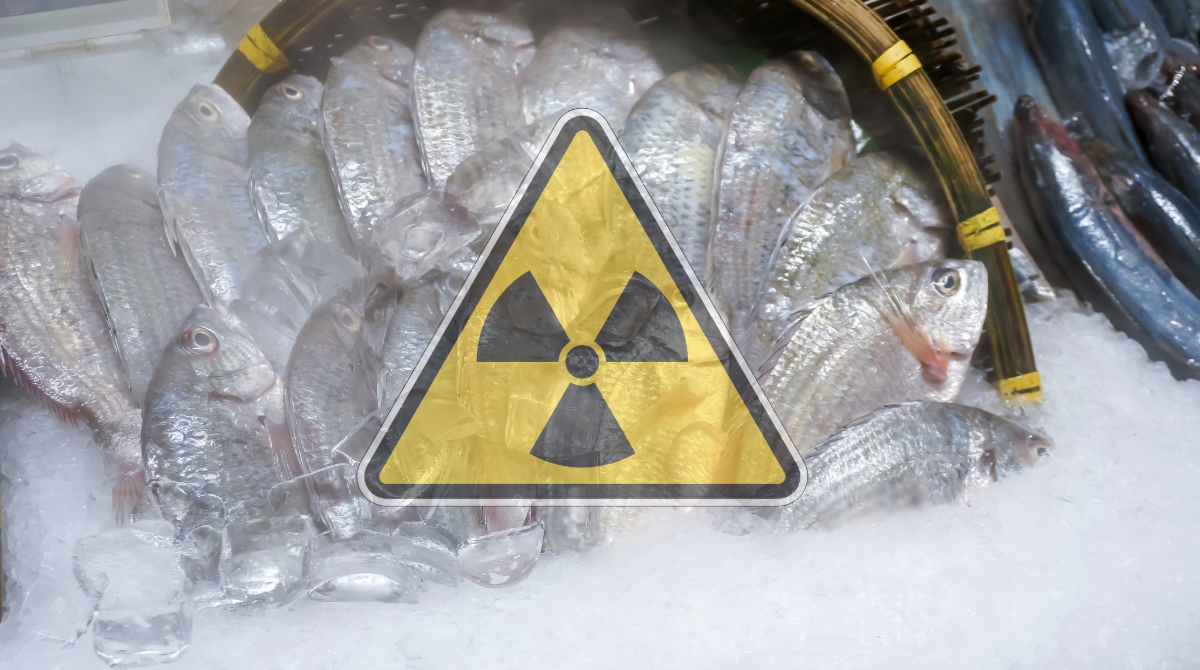
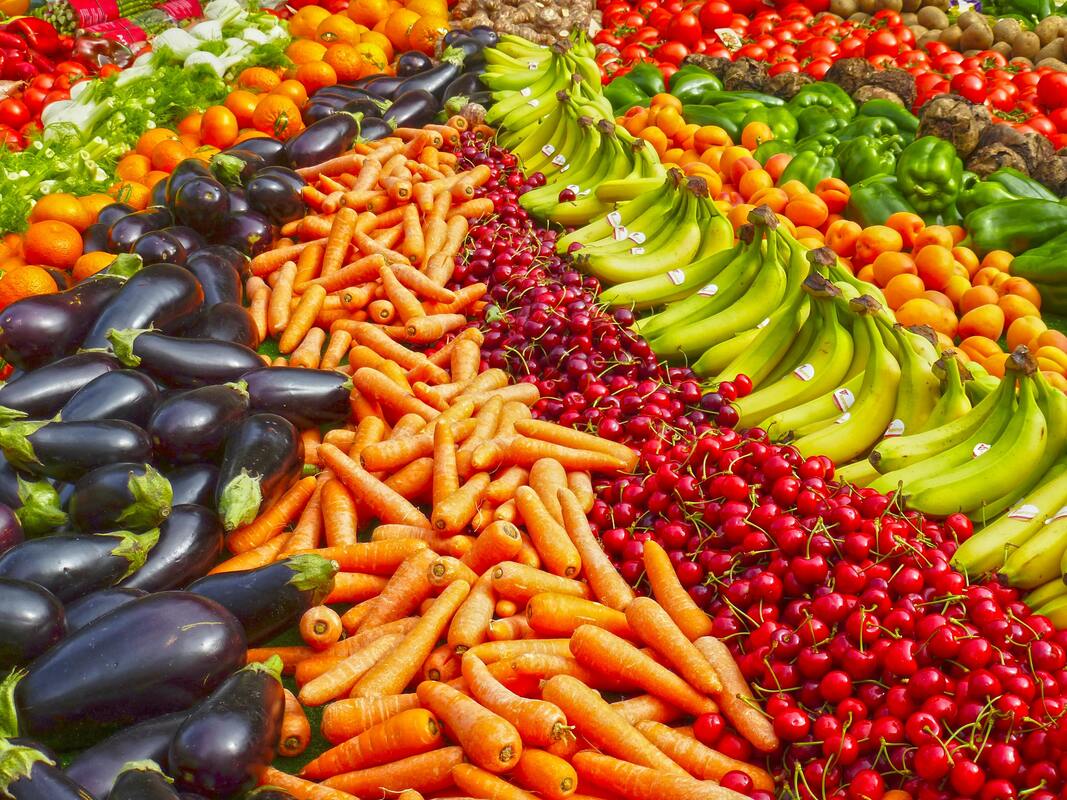
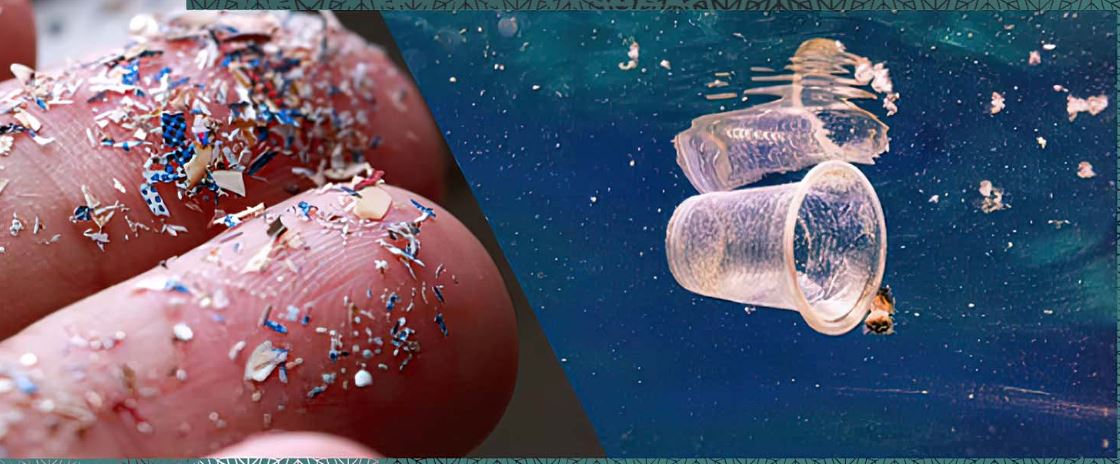
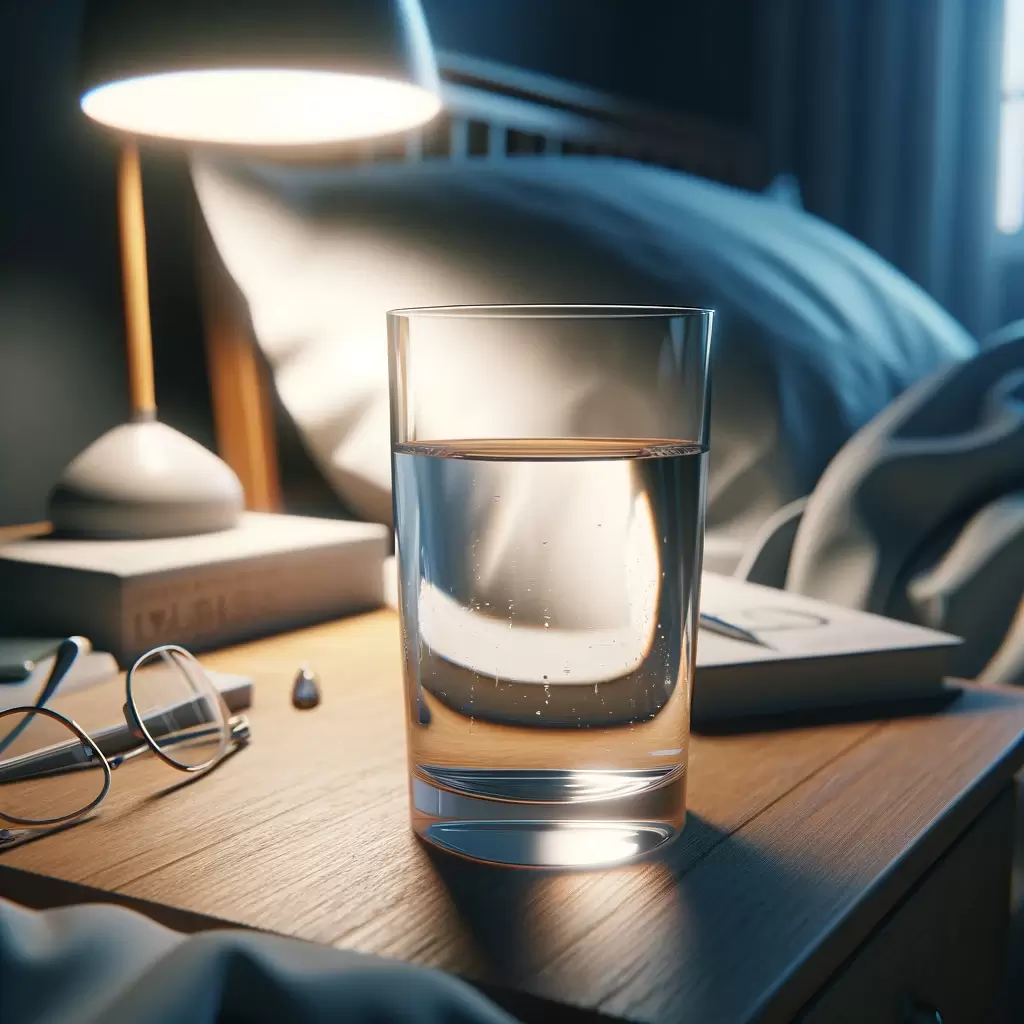




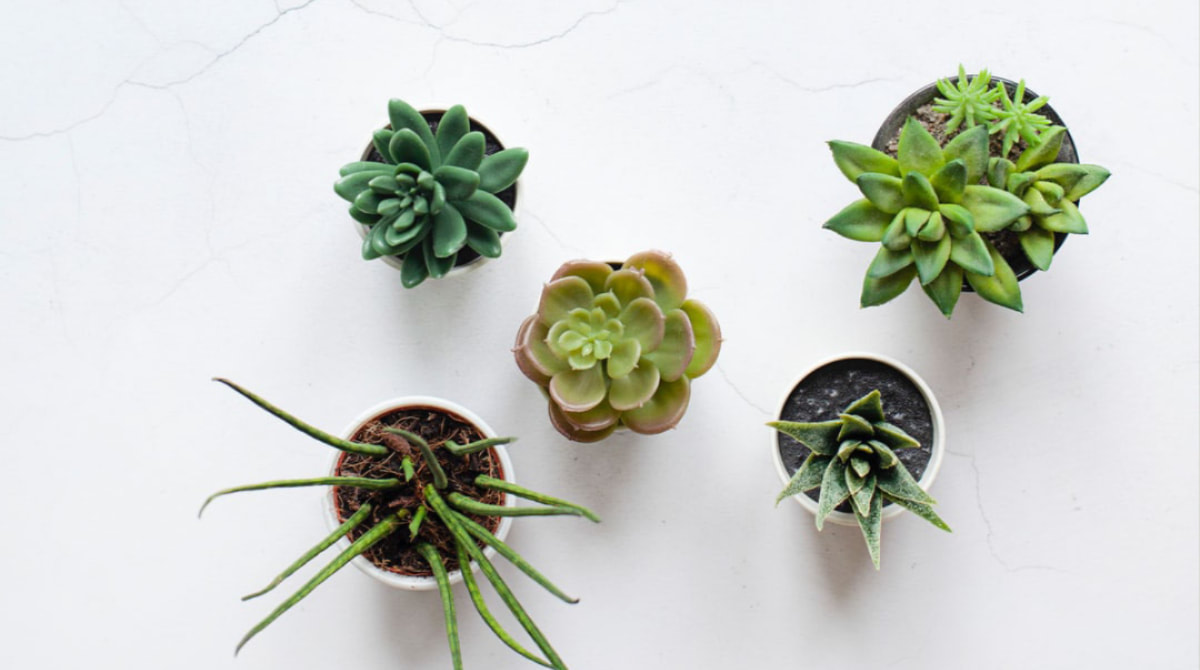
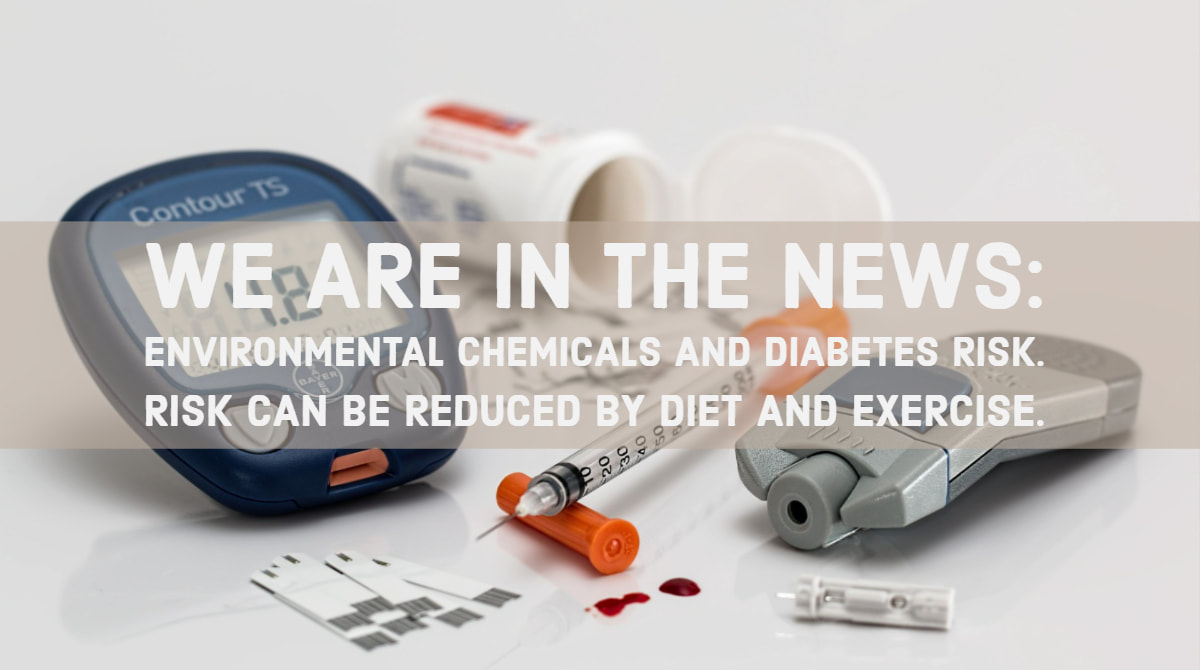

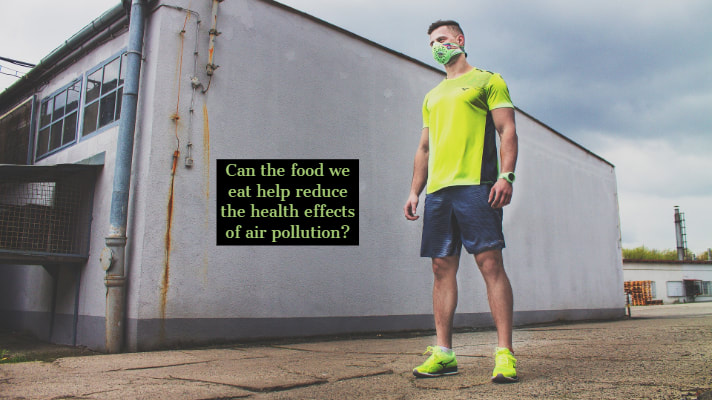







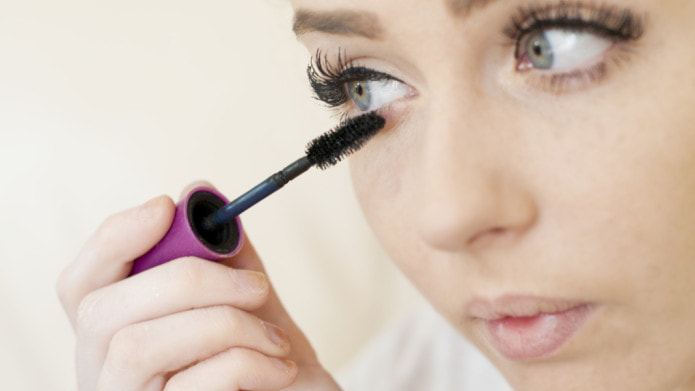

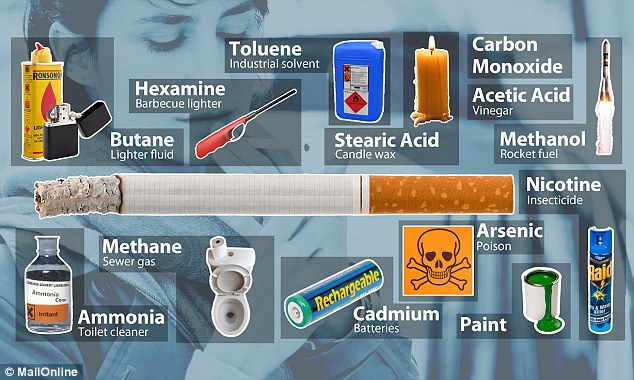

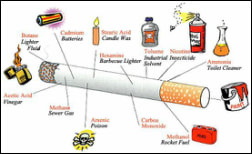

 RSS Feed
RSS Feed